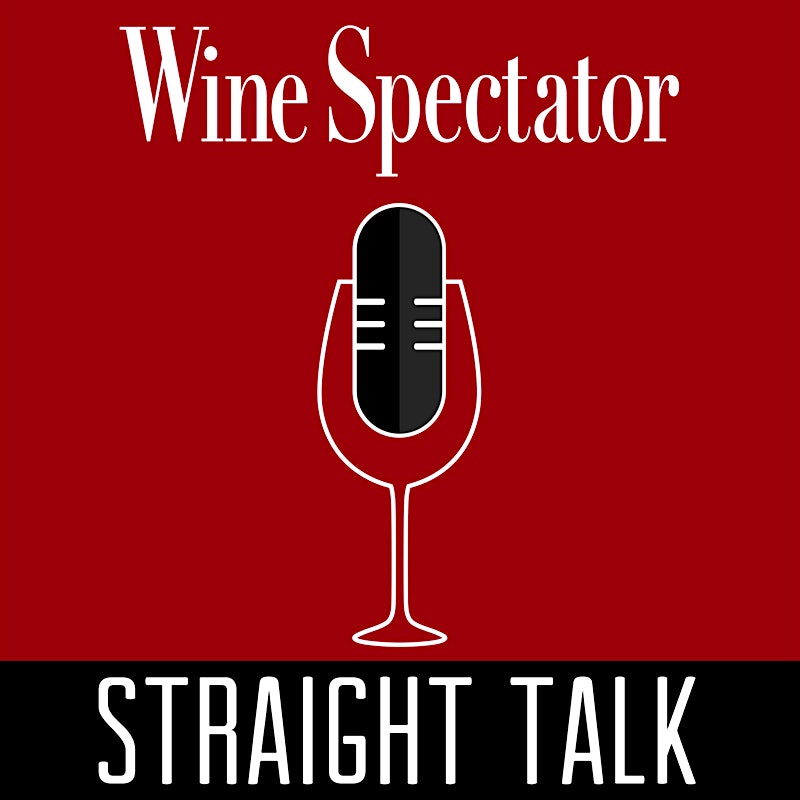In wine, what’s a ‘unicorn year’ or ‘unicorn vintage’?

Hello there! I'm Dr. Vinifera, but you can call me Vinny. Ask me your toughest wine questions, from the fine points of etiquette to the science of winemaking. And don't worry, I'm no wine snob—you can also ask me those "dumb questions" you're too embarrased to ask your wine geek friends! I hope you find my answers educational, empowering and even amusing. And don't forget to check out my most asked questions and my full archives for all my Q&A classics.
Dear Dr. Vinny,
At a wine tasting, the manager used the term “unicorn year.” He described it as grapes being able to stay on the vine longer without the growers’ fear of rain and mold ruining them before picking. Is this a thing?
—Katie, Santa Cruz, Calif.
Dear Katie,
Hmmm. I’ve certainly heard about “unicorn wines” and “sleeper vintages,” but to my knowledge, the term “unicorn year” or “unicorn vintage” isn’t a common term. (Though I don’t doubt that’s what the manager said.)
The term “unicorn wine” was really popular in the 2010s. I think the term grew out of the increasing number of sommeliers in the restaurant industry, increased attention to wine and wine service, and perhaps a need to stand out among the competition.
Unicorn wines were rare and hard to find, but not necessarily because of their cost and acclaim the way traditional blue-chip wines (like first-growth Bordeaux or cult California Cabernet) were appealing to wine lovers. Rather, they were sought-after because they were made in small batches and usually combined a trending winemaker with a popular region and great vintage. Some wines evolved into unicorns after their producers retired or passed away, or if they were no longer available for sale for some other reason. By definition, unicorn wines were never something you’d be able to buy at a wine shop.
Meanwhile, a “sleeper” wine or vintage is an unexpected success. Perhaps the vintage had a rocky start but a terrific ending, or the wines aged much better than expected.
But as I mentioned, “unicorn year” or “unicorn vintage” aren’t as widely used, perhaps because the terms suggest that most years are not ideal for making wine—and most winemakers would definitely like you to think they can make terrific wines no matter what. As a result of climate change, many regions that used to see immense vintage variability (like Port and Champagne) are able to produce great wines much more consistently.
That said, it’s certainly true that some vintages are more memorable than others for good reasons. (Our vintage charts are a great resource for learning about vintage conditions across the world going back decades.) A long, relaxed harvest with no threat of rain or mold that lets growers pick grapes at the perfect level of ripeness would certainly qualify!
—Dr. Vinny





